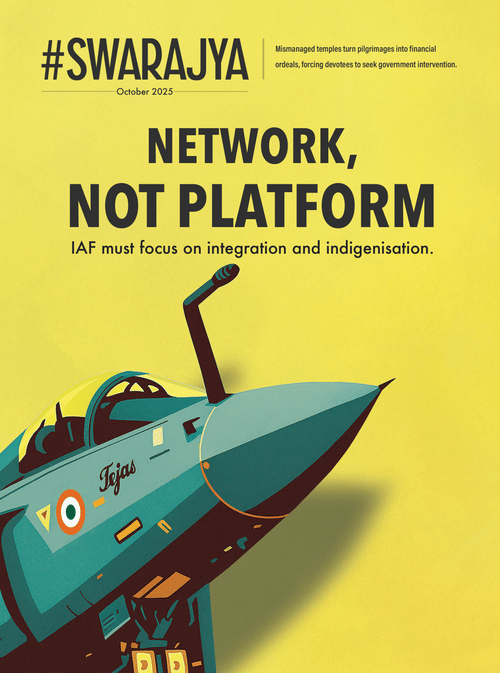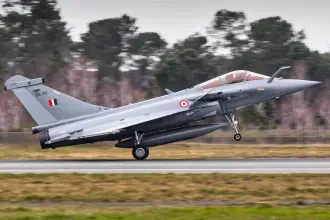Defence
The Economist Says India's Tejas Fighter Is Disdained By Pilots: Here's The Truth
Ujjwal Shrotryia
Dec 19, 2023, 06:52 PM | Updated Dec 21, 2023, 05:20 PM IST
Save & read from anywhere!
Bookmark stories for easy access on any device or the Swarajya app.
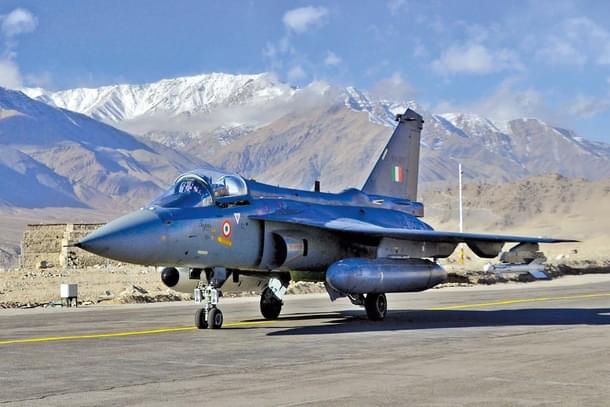
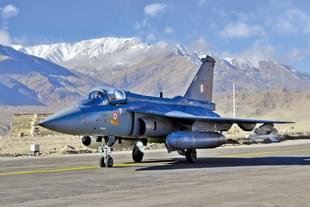
Late last month (on 29 November), The Economist, a London-based publication, released an article titled ’Narendra Modi is remaking India’s 1.4m strong military’.
The piece discussed how the Narendra Modi government is trying to bridge the gap in modernisation of armed forces with China, using a mix of both Made-in-India weapons systems, wherever possible, and imports where the Indian defence industry is lacking.
The Economist, however, uses the ups and downs of the Tejas development program — India's first fourth-generation supersonic fighter — as the linchpin in the piece, stating how Tejas "embodies much of what has gone wrong with the country’s defence."
It states: "The jet is 20 years behind schedule, underpowered and disdained by Indian pilots," while labeling it as a 'folly'.
Ironically, just a day (29 November) after The Economist published the story & cast doubts on Tejas's capabilities or supposed shortcomings, India's defence ministry approved (on 30 November) a proposal to buy an additional 97 Tejas Mk-1A jets for the Indian Air Force (IAF).
This takes the total number of orders to 220, with more than 30 units already operational in two squadrons (No. 45 Flying Daggers, and No. 18 Flying Bullets), and 83 more upgraded Tejas MK-1A on order.
This approval — the largest ever — given to any Indian company, in this case state-run, Hindustan Aeronautics Limited (HAL), for an entirely homegrown product, itself shows how much faith IAF puts in the capabilities of the Tejas.
Contrary to the belief that Tejas is 20 years behind schedule, Tejas took as much time as any modern 4th generation fighter took.
For example, Dassault Rafale, a twin-engine, 4th generation fighter which is already in operation by the IAF, and is selected by the Navy for its carrier requirement, and is also the frontrunner of the IAF's Multi-role fighter aircraft (MRFA) project, took 15 years from its first flight (conducted in 1986) to introduction in the French armed forces (2001).
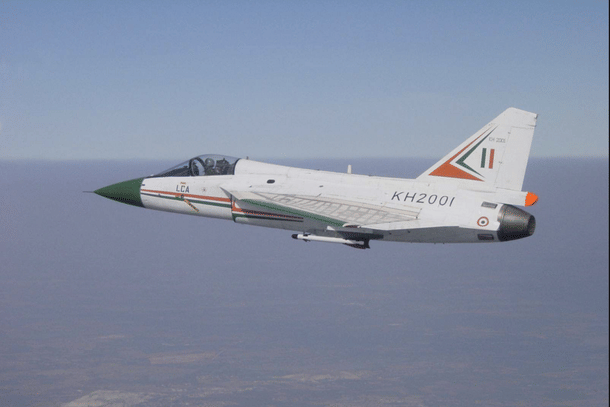
Similarly, the US-made F-35, took 15 years from (2000, first flight of F-35's technology demonstrator, X-35) to introduction in the US Marine Corps (2015).
Compared to the developmental timelines for these jets, Tejas took the same 15 years. Its technology demonstrator TD-1 flew in 2001, while the first two initial operational clearance versions were inducted in July 2016.
Notably, both the Rafale and F-35 initial variants were initial operational versions, same as Tejas, that flew with some limited capabilities.
These capabilities were expanded in later variants, which is happening with Tejas as well, with the induction date of latest Tejas Mk-1A variant just around the corner in March-April 2024.
The assertion that Tejas is underpowered and disdained by Indian pilots can be best responded to in the words of IAF's Group Captain Dinesh 'Danny' Dhankhar, the commanding officer of the No. 18 Squadron 'Flying Bullets,' who states that, “The Tejas is far better in terms of maneuverability, as well as the systems on board,” compared to Mig-21.
“In every sense, it is better. It is clearly demarcated as a different generation,” he adds.
The Group Captain credits its relaxed static stability and the indigenously designed fly-by-wire (FBW) controls for making the aircraft highly maneuverable and agile.
He says that "the type's g onset are 'very comfortable,'" adding that, “It responds to your inputs in the entire envelope very well.”
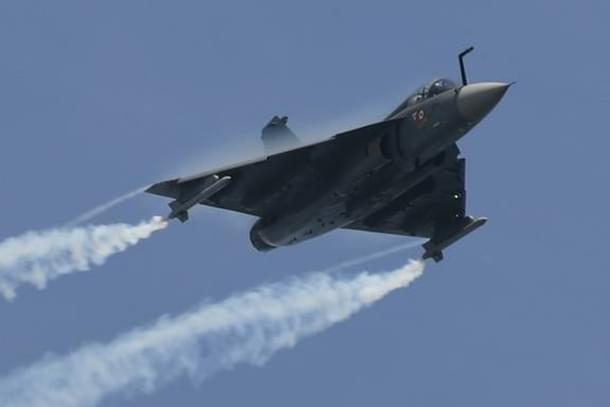
“It's not as if you need to be at certain speeds to get the maximum out of it. At any speed, it gives you whatever you demand,” he says, explaining the capabilities of the FBW flight control system (FCS).
Dhankar states that the FCS also increases the jet's safety factor, stating, "It is impossible to depart from the approved flight envelope limits," which can be evidenced by the fact that by 2021 the plane had undertaken more than 5000 sorties without a single crash.
Tejas test pilot Group Captain Rajeev Joshi describes its FCS as "throw it around as much as you can — when she says ‘no’, she will take over and recover the situation for you. The control and handling in high gain tasks like aerial refueling is superb. It will beat contemporaries or older birds in this area. It really makes you feel like a great pilot!”
Describing the flight characteristics of the jet, Joshi says that in respect of the instantaneous turn rate, it "snaps into it" although the traditional drag of the delta platform does start showing after a while.
Group Captain Dhankar describes the General Electric GE F-404 jet engine that powers the aircraft, which The Economist says is underpowered, as having an excess reserve of thrust. This makes it capable of undertaking high rates of climb, and a sustained high rate of turn.
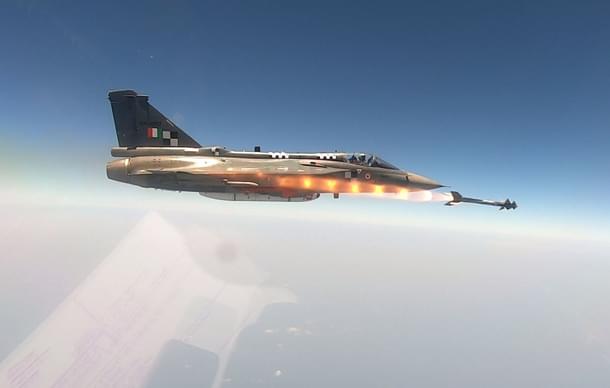
Its engine provides enough thrust to help the jet "take off from runways of 1,400 to 1,500 feet (457 to 609 metres) in length, which is the shortest in its class," he states.
Group Captain Joshi, on the other hand, describing the engine performance, says that the Tejas climbs well and the acceleration is good.
The Tejas has also displayed some of the best operational capabilities of aircraft in the IAF inventory.
Air Marshal Raghunath Nambiar, who retired as Air Officer Commanding-in-Chief (AOC-in-C), Western Air Command, states that in a major air exercise held in 2018 — GaganShakti — Tejas performed remarkably well.
"The best range scores and the best weapon delivery emerged from the nine Tejas we had fielded, which really worked wonders. This gives me the confidence to state that the Tejas will see us through the next 20 years, if not more," Air Marshal Nambiar says.
The Economist story sparked anger in various quarters, to which the writer of the article posted a reply on social media platform X (formerly Twitter), quoting another retired Air Vice Marshal Arjun Subramaniam, "It is too early to assess whether the LCA MK-1A will be able to penetrate the air-defence network on the Tibetan Plateau. For now, it must be assumed that they will primarily be used in favorable conditions."
This stands true for almost all aircraft in IAF inventory, including the latest Rafales and Sukhoi Su-30 MKI.
Their electronic warfare system can provide them a safety net against a People's Liberation Army Air Force (PLAAF) radar, but this are not a sure shot way of guaranteeing penetration of Chinese air defence.
Only, the Sukhois carry the KH-31P anti-radiation missiles (ARM), while the Rafales do not even have an ARM in their weapons package. They use Hammer PGMs and SCALP-EG cruise missiles to conduct Suppression of Enemy Air Defense (SEAD) and Destruction of Enemy Air Defense (DEAD) missions.
The same Hammer missiles are also under integration on the Tejas. DRDO is also developing multiple ARM, viz, Rudram-1 and Rudram-2.
If a war were to break out right now, only the Sukhois armed with ARMs, in combination with Rafale's armed with Hammer PGMs and BrahMos, will be used to bust the door of the Chinese air defense wall over Tibet, following which Tejas and Mirage-2000 will be used to rain hell over Chinese formations.
In conclusion, the portrayal of the Tejas as a symbol of failure in India's defence modernisation is a misrepresentation that overlooks its significant achievements and capabilities.
The overwhelming confidence shown by the IAF through large orders and operational deployment stands as a testament to the jet's performance and potential.
Staff Writer at Swarajya. Writes on Indian Military and Defence.
